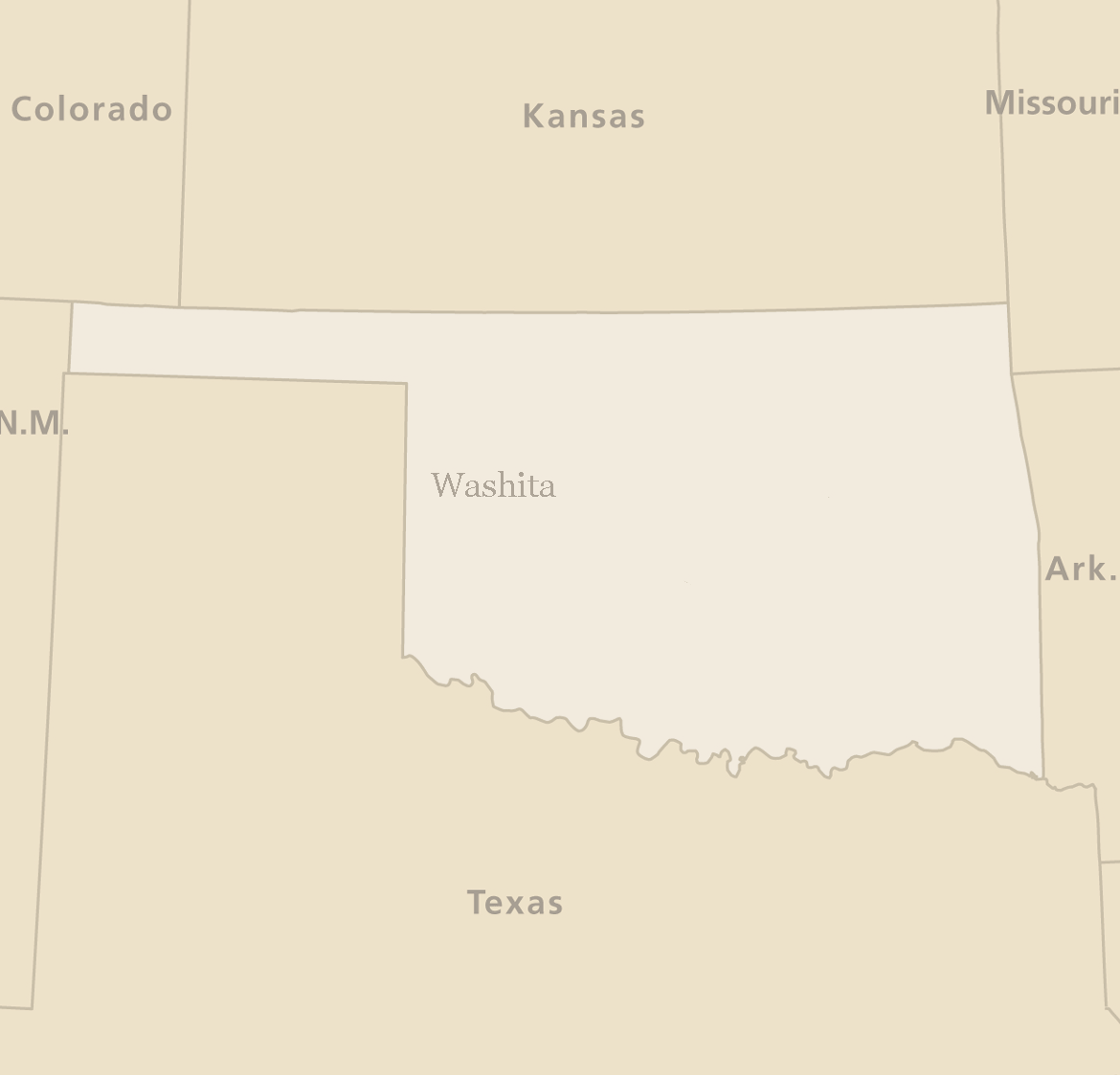Stan Hoig: 20th Century American West Historian
Hoig challenged and refuted the notion that Washita was a battle, however, he referred to it as a battle because history remembered it that way. Here is the introduction to his influential book The Battle of the Washita:

"In the early morning of November 28, 1864, a Cheyenne Indian village under Chief Black Kettle was attacked and massacred by troops under the command of Colonel John M. Chivington at Sand Creek in Colorado Territory. Several chiefs, including White Antelope, Standing in the Water, and War Bonnet, and over one hundred Cheyenne men, women, and children were killed. The village was burned and several hundred horses captured.
Almost exactly four years later, at daybreak on November 27, 1868, the 7th Regiment of United States Cavalry, commanded by Lieutenant Colonel George Armstrong Custer, attacked and massacred this same village of Cheyenne Indians under Black Kettle on the Washita River in the Indian Territory. Black Kettle and Chief Little Rock were killed, along with more than a hundred other men, women, and children of the tribe. The village was burned, and nearly eight hundred horses were shot.
That both events were massacres--which utilized the element of complete surprise against a people who did not consider themselves to be at war and in which troops who had orders to kill anyone and everyone before them made no attempt to allow surrender--is hardly deniable by any accepted use of the word "massacre." Despite this, the latter incident has come to be known to history as "the Battle of the Washita," a title which this book has accepted in deference to long-standing use."
